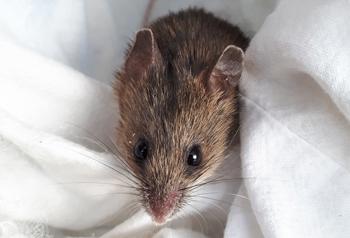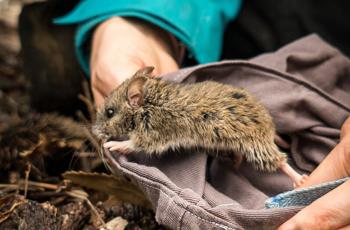Pookila (New Holland Mouse)
The Pookila (formerly known as the New Holland Mouse) is classified as extinct in seven out of 12 of its known Victorian locations.
This native Australian rodent inhabits open heathland and coastal areas, mostly feeding on native plant seeds, flowers, fruits, leaves and fungi. The Pookila plays a role in seed and fungal spore dispersal. You can tell it’s different from the house mouse by the lovely sandy colour, pink feet, larger ears and eyes and a distinct lack of 'mousey' odour. Unfortunately, it is now declining in numbers.

The major threats
The Pookila is increasingly under threat from drought, climate change, loss of habitat, as well as predators such as feral cats and foxes. Dieback caused by Cinnamon Fungus in its habitat is a major issue. Bushfires and competition from introduced rodents also put this native mouse at risk.

The plan for fighting extinction
Zoos Victoria is committed to improving the long-term future for the Pookila. We are researching genetic health, population size and structure across the Pookila range and working to deliver genetic rescue and reintroduce the Pookila back to its former range, where it belongs.
In 2022, Zoos Victoria established the Victorian Pookila Conservation Breeding Program, a partnership between Melbourne Zoo and Moonlit Sanctuary. The program is breeding genetically diverse mice to improve genetic health in the wild and enable reintroductions to safe locations in the future.
How you can help
- Join the Safe Cat, Safe Wildlife community and learn about how to keep your cat safe and happy at home.
- Raise community awareness and support for the Pookila.
- By visiting our zoos, you are supporting our work to fight extinction.
- Donate if you can. As we are a not-for-profit organisation, all donations go towards our conservation efforts.
- Discover more about local conservation events and join the growing number of wild activists taking action for local wildlife.
Is your classroom learning about the Pookila?
Browse through our collection of animal teaching and learning resources for students. These include animal toolkits, e-books, Ask a Zoo Expert resources, video showcases and real-world examples to support the VCE Study Design.
